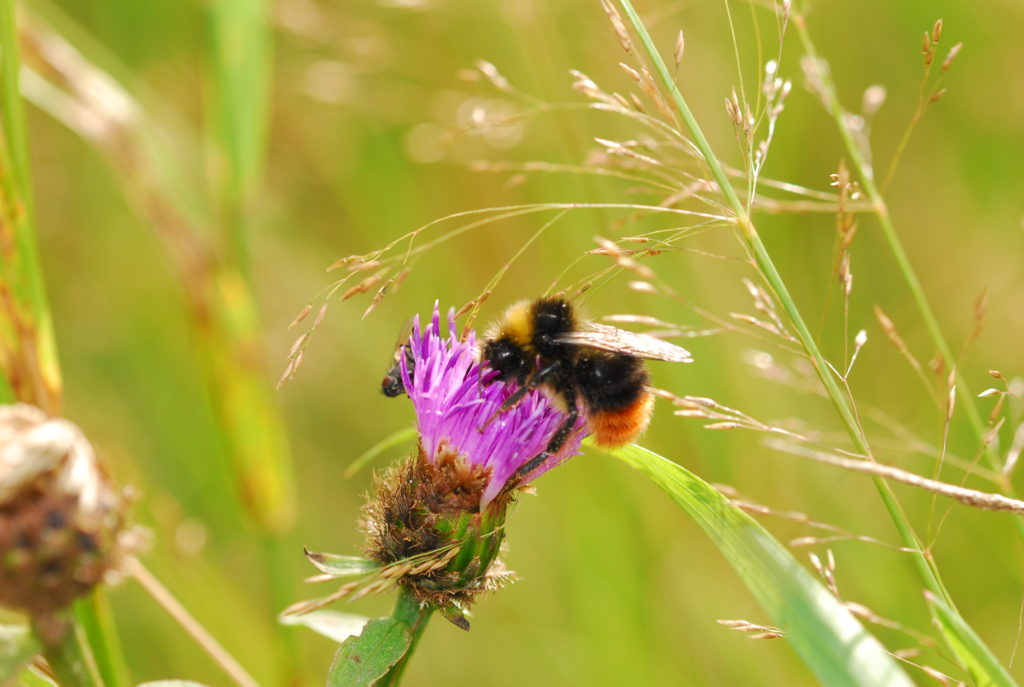What we do
Peatlands are special
Why peatlands are special
Peatlands, such as blanket bog, are wetland ecosystems which are made up of plant material that has not fully decomposed. They have a number of special qualities. Peatlands can store a huge amount of carbon, are the home to a diverse range of species and can even improve water quality. They also act as a natural flood barrier, show what past environments were like and provide opportunities for employment and recreation. Find out more about what makes peatlands special here:

















